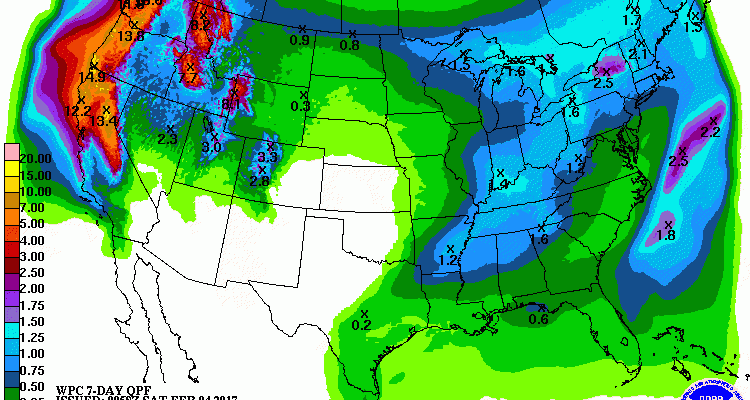February 2017
-

Although severe weather can and does happen in Georgia and the Southeast in every month of the year, spring is the season with the most events and the highest chance of occurrence. The National Weather Service is recognizing this week as Severe Weather Awareness Week and will be posting stories every day about different types…
-

Atlas Obscura had a fascinating story last year about some centuries-old trees found in the most unexpected place: growing out of cliffs along the Niagara escarpment. Because these trees don’t get very large due to their extreme exposure and difficult growing conditions, no one knew how old the trees were until a Canadian researcher collected tree cores…
-

I hear a lot of discussion among my climatologist friends as well as many other non-climate folk about the veracity of NOAA’s published global climate data set. Folks who don’t understand the types of data that are used in building the data set don’t understand all of the steps needed to make a homogeneous record,…
-

Happy National Weatherperson’s Day, held on the birthday of John Jeffries, who started taking daily weather measurements in 1774 and is recognized as one of the first weather observers. Sending our best wishes to our meteorology friends at National Oceanic and Atmospheric Administration (NOAA), American Meteorological Society, U.S. National Weather Service (NWS), and all the…
-

While the Pacific Northwest gets blasted with another wet weather system, in the Southeast we are expecting mostly dry conditions over the next seven days. Almost all areas will receive less than half an inch, which will be great for farmers hoping to get field work done. The only exception is the far northern sections…
Posted in: Climate outlooks -

Alabama Extension now has a new website devoted to information about drought in the region as well as methods that farmers can use to deal with the impacts of drought on their livestock and crops. You can visit it at https://drought.aces.edu/.
-

Because of this year’s warm weather throughout the winter months, the accumulated chill hours that we have seen this year are even lower than last year’s values, and is only about 50% of what we usually expect by this time of year. If we use previous years of weather data to project the range of…